Blog
-
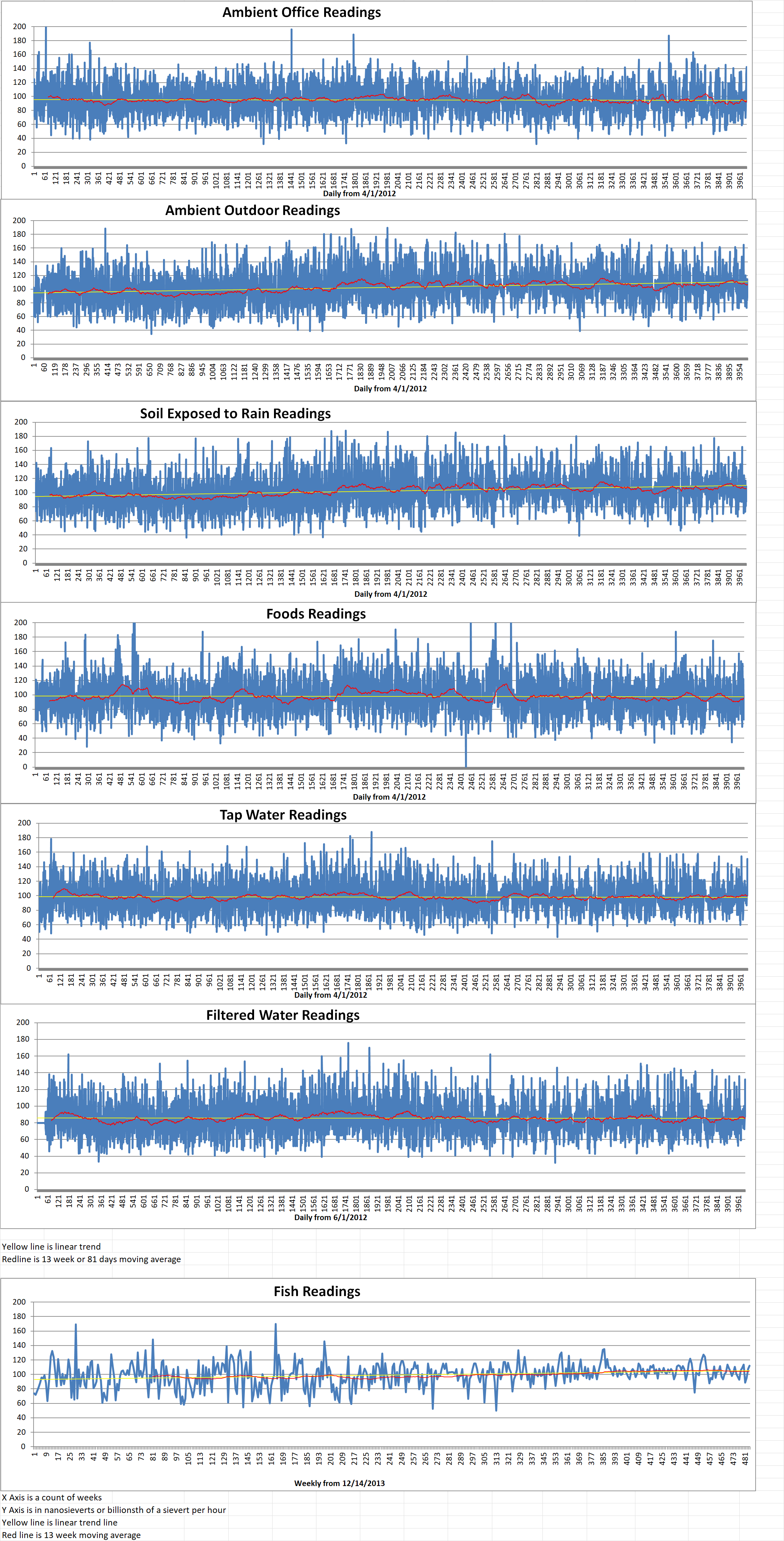
Geiger Readings for June 12, 2023
Ambient office = 93 nanosieverts per hour
Ambient office = 93 nanosieverts per hour
Ambient outside = 114 nanosieverts per hour
Soil exposed to rain water = 105 nanosieverts per hour
Tomato from Central Market = 66 nanosieverts per hour
Tap water = 133 nanosieverts per hour
Filter water = 120 nanosieverts per hour
-
Nuclear News Roundup June 11, 2023
Nuclear bomb fears are a false ‘excuse’: Iran’s Khamenei Aljazeera.com
France’s EDF frustrated with nuclear power’s status in EU’s Net-Zero Industry Act euractiv.com
Nuclearelectrica and partners sign MoU for NuScale plants world-nuclear-news.org
NATO: No change in nuclear posture over Russian nukes in Belarus upi-com
-
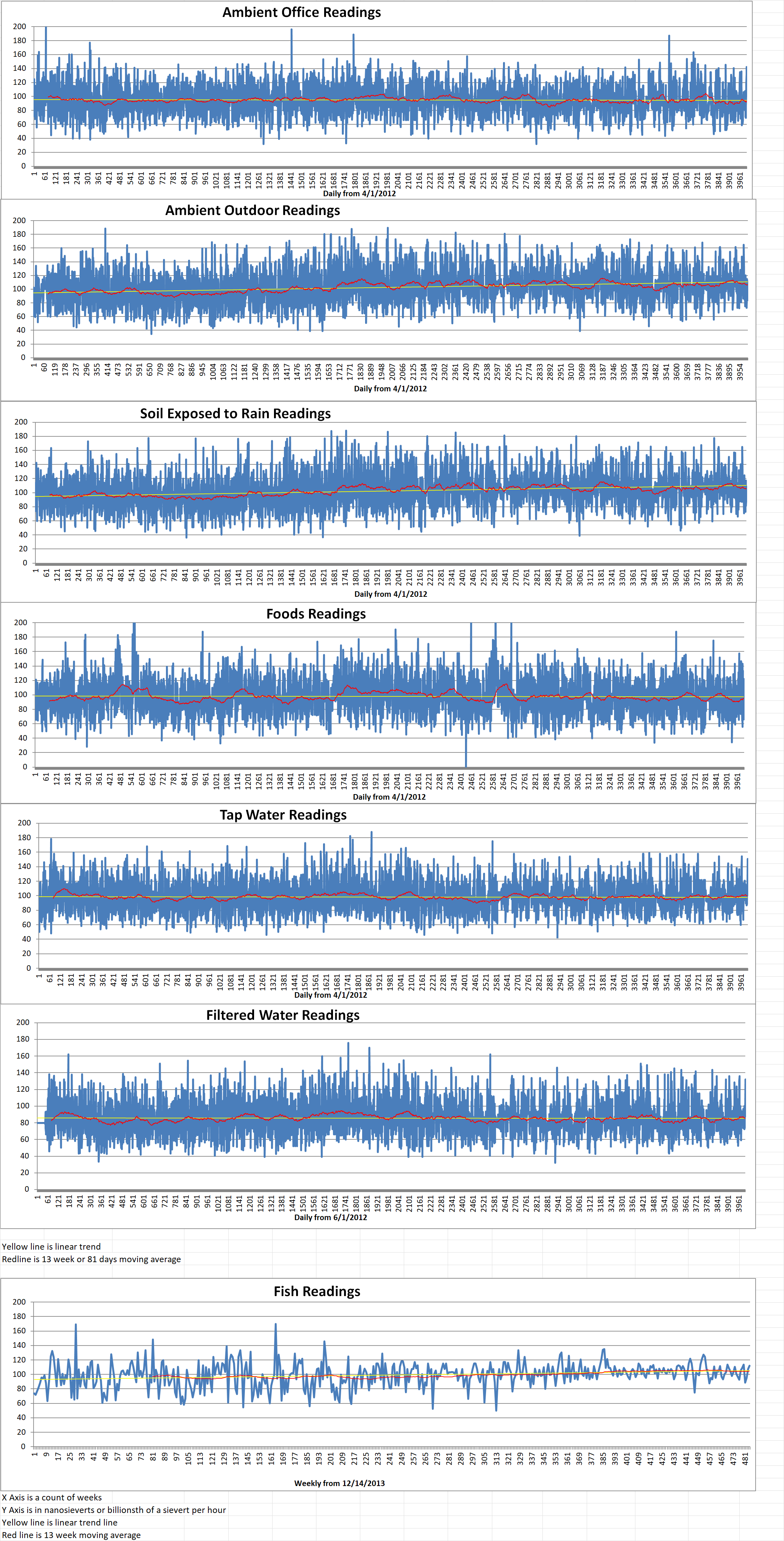
Geiger Readings for June 11, 2023
Ambient office = 142 nanosieverts per hour
Ambient outside = 95 nanosieverts per hour
Soil exposed to rain water = 88 nanosieverts per hour
Serano pepper from Central Market = 100 nanosieverts per hour
Tap water = 151 nanosieverts per hour
Filter water = 132 nanosieverts per hour
-
Nuclear News Roundup June 10, 2023
Bibi says U.S. and Iran held indirect talks on “mini agreement” axios.com
Westinghouse Strengthens Nuclear Safety in Ukraine with Advanced Cooling System Upgrades at Energoatom’s VVER-440 Reactors westinghousenuclear.com
The US Energy Department is spending $26M to help find a temporary site to store spent nuclear fuel federalnewsnetwork.com
UN concerned by ‘discrepancy’ in Ukraine nuclear plant water levels after dam collapse theguardian.com
-
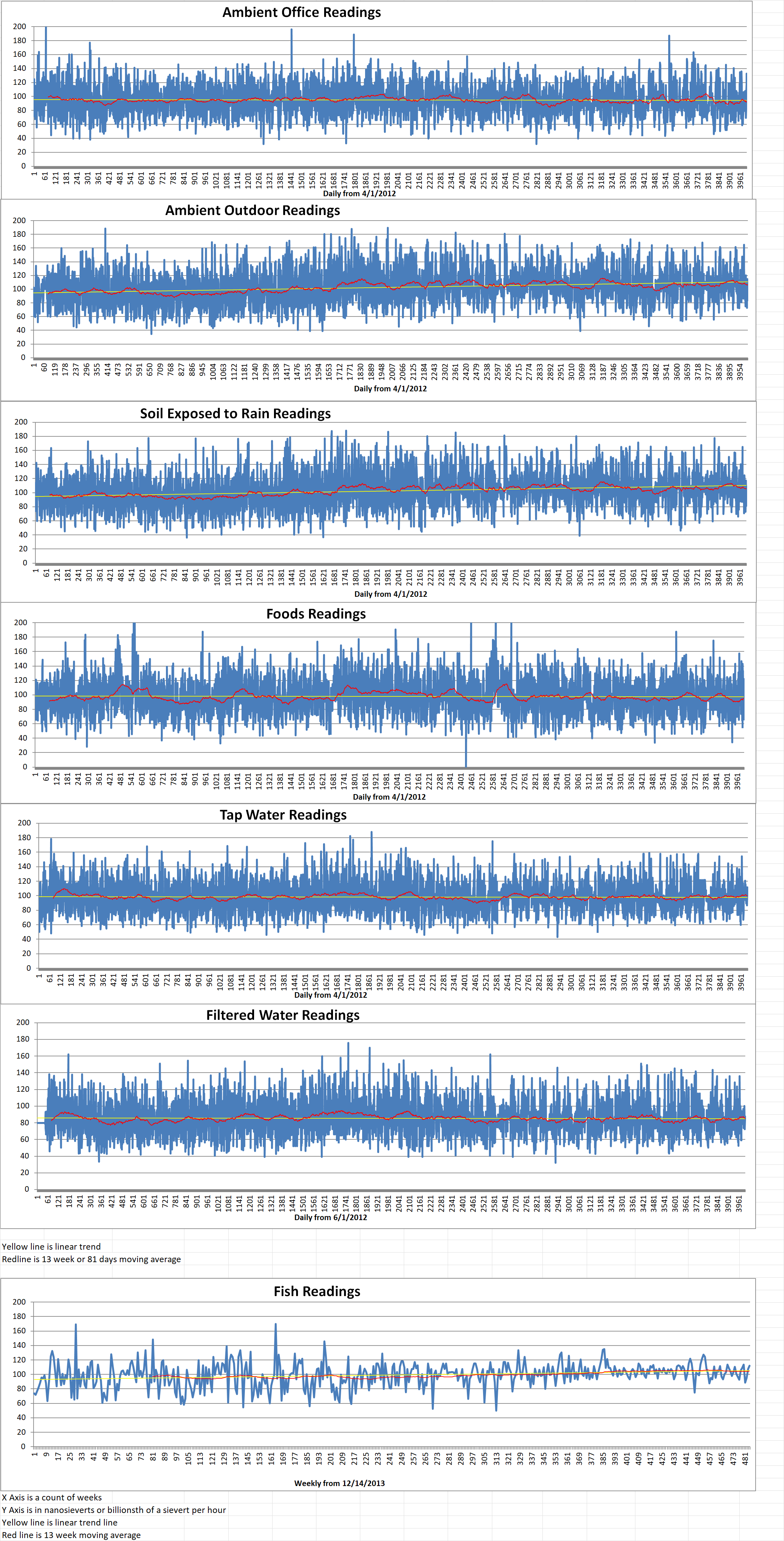
Geiger Readings for June 10, 2023
Ambient office = 133 nanosieverts per hour
Ambient outside = 111 nanosieverts per hour
Soil exposed to rain water = 109 nanosieverts per hour
Roma tomato from Central Market = 66 nanosieverts per hour
Tap water = 100 nanosieverts per hour
Filter water = 87 nanosieverts per hour
Dover Sole from Central = 112 nanosieverts per hour
-

Nuclear Reactors 1234 – Current Small Modular Reactors Plans – Part 3 of 3 Parts
Part 3 of 3 Parts (Please read Parts 1 and 2 first)
Westinghouse is bullish enough on the SMR technology that it has announced plans to build a series of SMRs called AP300s. According to Reuters, the company “has had informal talks with parties in neighboring states Ohio and West Virginia about the potential building of AP300s at former coal plants.”
Romania intends to be the first nation in Europe to deploy an SMR. NuScale has now opened a simulator there in preparation.This is not a comprehensive list of every SMR proposal in the world. It is just a partial list to illustrate the current state of SMR development. SMR support is increasingly bipartisan. Senator Mark Warner, D-Virginia, is the chairman of the Senate Select Committee on Intelligence and Senator Marco Rubio, R-Florida, is the vice chairman. They recently held a roundtable discussion on SMRs. It is interesting to note that this discussion was triggered by national security concerns and not purely energy concerns. In a joint statement, the two Senators said, “China and Russia have recognized the potential of nuclear power and are investing heavily in their advanced reactors, while attempting to secure nuclear contracts all over the world. The United States must not let our adversaries monopolize the growing civil nuclear industry, set the safety standards around nuclear power, dominate the supply chains for such a critical source of energy, and/or attempt to use advanced reactor contracts to exert undue geopolitical and economic leverage.”
Not everyone is enthusiastic about SMRs. In Canada, Prime Minister Justin Trudeau’s Liberal Party government has helped fund the construction of the SMR that is underway in Ontario. However, he has also been criticized by those in his party for his support of nuclear power. The Toronto Star recently reported on some of the critic’s comments. Elizabeth May is the Green Party leader and a member of Parliament. She said, “It’s not based on evidence.” “Steven Guilbeault is the Canadian Environment Minister and a former environmental activist. He acknowledged that “he was opposed to nuclear energy but now believes it is needed to keep global warming to as close as possible to 1.5 C above pre-industrial temperatures.”
The debates in Canada are more advanced than such debates in the U.S. but mirror what will probably take place in the U.S. soon. One side says that the country needs more electricity and that nuclear power is the only way to produce it while the country is trying to reduce carbon emissions. They say that SMRs will be cheaper than conventional nuclear power plants. The other side says that nuclear power is far to expensive and far to dangerous. They add that SMRs in a commercial setting are unproven technology.
In Canada, the political momentum for SMRs is driven by a left-of-center government at the national level and right of center governments in some provinces. Alberta recently began formal explorations into SMRs and Saskatchewan has already selected two potential sites for an SMR. It may make a formal decision on one of them by the end of this year. -
Nuclear News Roundup June 09, 2023
Putin claims Moscow could use weapons with depleted uranium independent.co.uk
Nuclear states modernize their weapons, Chinese arsenal is growing abcnews.com
Lawmakers seek clearer picture of nuclear command and control c4isrnet.com
UN nuclear chief says large Ukraine atomic power plant held by Russia faces ‘dangerous situation’ apnews.com
-
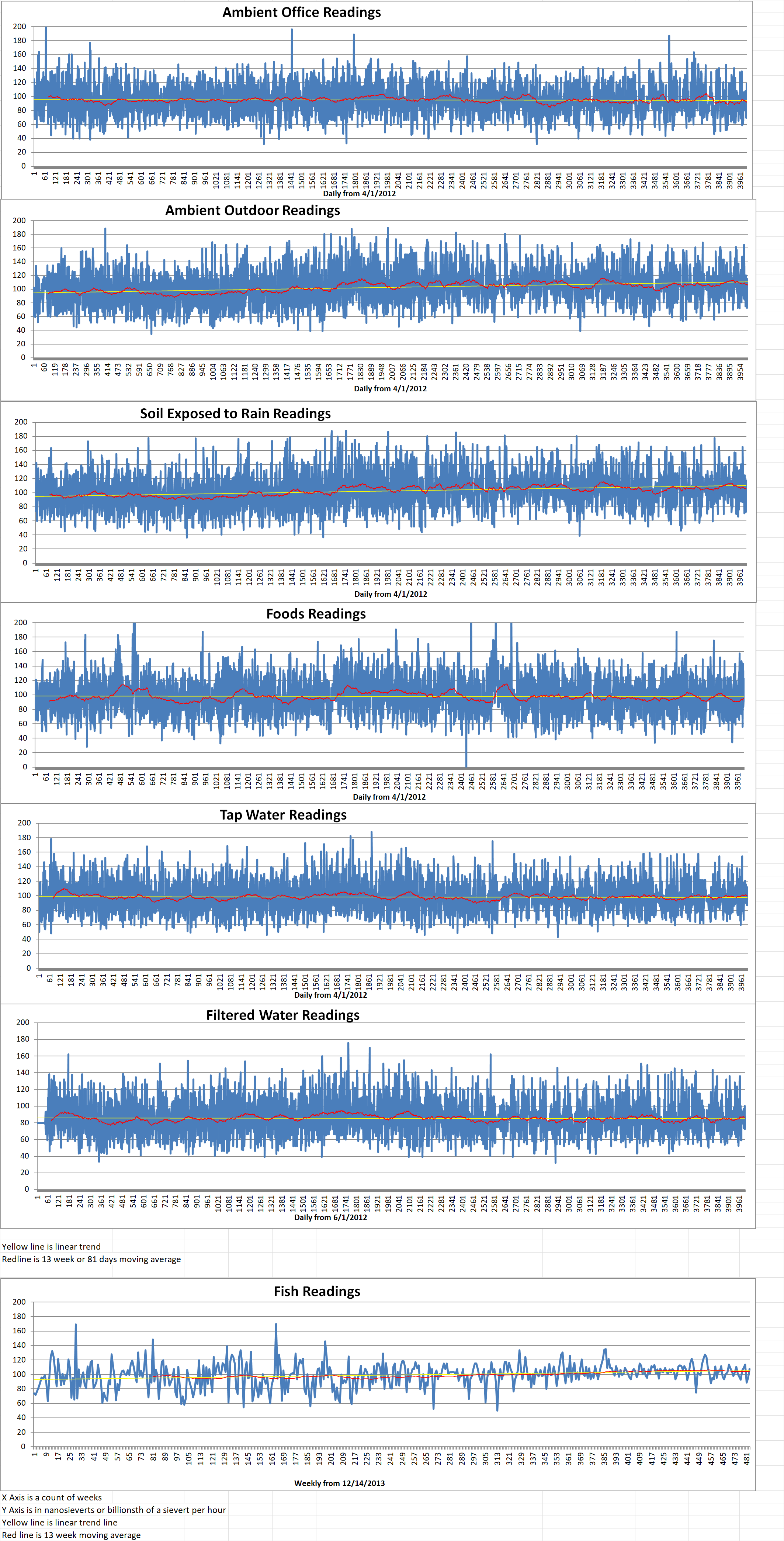
Geiger Readings for June 09, 2023
Ambient office = 119 nanosieverts per hour
Ambient outside = 91 nanosieverts per hour
Soil exposed to rain water = 91 nanosieverts per hour
Red bell pepper from Central Market = 122 nanosieverts per hour
Tap water = 104 nanosieverts per hour
Filter water = 87 nanosieverts per hour
-
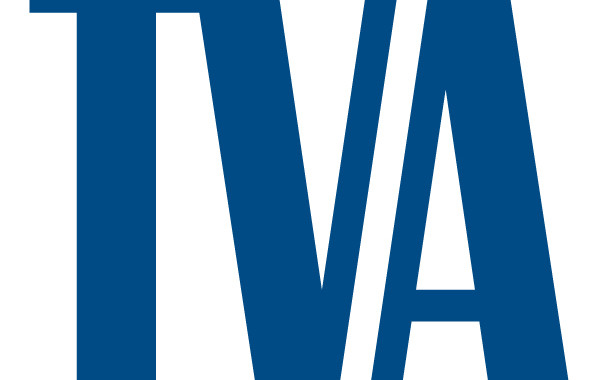
Nuclear Reactors 1233 – Current Small Modular Reactors Plans – Part 2 of 3 Parts
Part 2 of 3 Parts (Please read Part 1 first)
If Dominion proceeds with plans for an SMR, it will have to balance the enthusiasm of Southwest Virginia with the fact that it could simply site an SMR one of its existing nuclear facilities in North Anna and Surry. This would certainly be less expensive and raise fewer objections.
Historically, conservatives have been most interested in the deployment of nuclear power in the U.S. Currently, more Democrats have been embracing nuclear power, including the Biden administration. They see it as a way to replace fossil fuels on a larger scale than solar or wind. Criticisms of nuclear energy remain the high cost, the long time needed and the potential for horrible accidents. The renewed interest in nuclear power is driven by the concern that renewables may not be able to supply the entire power grid on a reliable basis.
A utility in the Canadian province of Ontario broke ground in December for an SMR at an existing nuclear site in Darlington which is forty-two miles east of Toronto. It is expected to be completed by 2028. Currently, it is the only SMR under construction in North America.
The Tennessee Valley Authority (TVA) signed a four-way agreement in March with the Ontario utility, GE Hitachi Nuclear Energy, and a Polish company to design and finance an SMR in Oak Ridge. TVA officials told Knox News that they were partnering with the Ontario Power Generation because that project is up to twenty-four months ahead. The TVA will be able to gain invaluable experience from their involvement.
Dow Incorporated recently announced plans to build four SMRs to power one of its plastic plants on the Gulf Coast of Texas. Dow hopes to have construction taking place in 2026 and be finished by 2030. The Dow project is an example of the Biden Administration’s support for nuclear power. The U.S. Department of Energy (DoE) is providing up to twenty-five million dollars for engineering work as part of the department’s Advanced Reactor Demonstration Program. Dow said that the reactors, when operational, would eliminate four hundred and forty thousand metric tons of carbon emissions per year and make the plant net zero for carbon.
Nuscale Power is the Oregon company which currently has the nation’s only authorized design for an SMR. The company has signed a memorandum of understanding with Nucor based in Charlotte, North Carolina, to explore using small modular reactors to power Nucor’s steel mills.
Green Energy Partners has announced plans to build data centers next to Dominion’s Surry nuclear power station. Someday, they hope to use SMRs to power the data centers. Data Center Frontier reported that “The plan is to run the data centers on existing power sources, then, using the revenue from the data centers, build to a hydrogen production facility and four to six 250 megawatt SMRs to meet the long-term needs of the data centers and other facilities on campus.”
This plan is not unusual. A Swedish data center company is also looking to use an SMR to power its facilities near Stockholm, according to Data Center Dynamics. The CEO of the company said, “I am absolutely prepared to go into it. Ten years from now it is quite possible.”
Please read Part 3 next
